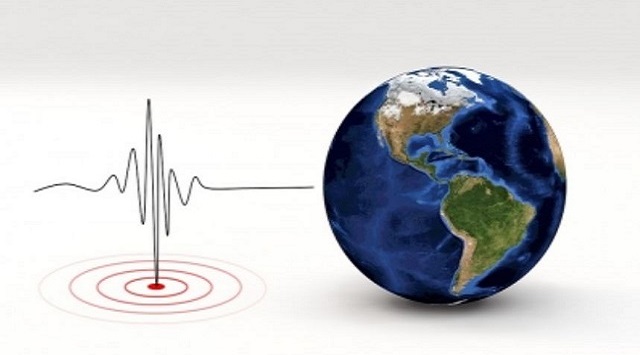1400 Earthquakes strike Iceland within 24 Hours; State of Emergency declared
Iceland has declared a state of emergency following over 1400 earthquakes striking the southwestern Reykjanes peninsula.
Iceland has declared a state of emergency following over 1400 earthquakes striking the southwestern Reykjanes peninsula. The seismic activity has triggered concerns of a potential volcanic eruption.
The Department of Civil Protection and Emergency Management released a statement, declaring a state of emergency due to intense earthquake activity at Sundhnjukagigar, north of Grindavik. Authorities have caution that the earthquakes could escalate, leading to a volcanic eruption.
The Icelandic Met Office (IMO) has indicated the possibility of an eruption in the coming days. The village of Grindavik, housing around 4,000 residents, lies approximately three kilometers southwest of the earthquake epicenter. Evacuation plans are in place for the village in case of an eruption.
Two strong earthquakes, with a magnitude of 5.2 north of Grindavik, were felt as far as the capital, Reykjavik, and along the country’s southern coast. Approximately 24,000 tremors have been recorded since late October, with nearly 1400 earthquakes in a dense swarm reported between midnight and 1400 GMT on Friday.
The IMO has observed an accumulation of magma at a depth of about five kilometers underground. While the most likely scenario suggests an eruption could take several days, authorities are closely monitoring the situation.
Emergency measures are underway, with the Department of Civil Protection sending the patrol vessel Thor to Grindavik for security purposes. Emergency shelters and assistance centers are being established in Grindavik and three other locations in southern Iceland.
This seismic activity follows the closure of the Blue Lagoon, a popular tourist destination, and a precautionary measure taken by the Svartsengi geothermal plant, the main electricity and water supplier to the region.
Iceland, with 33 active volcanic systems, faces a heightened risk of eruptions due to its location straddling the Mid-Atlantic Ridge, a geological rift between the Eurasian and North American tectonic plates.




 Ms Kalinga
Ms Kalinga